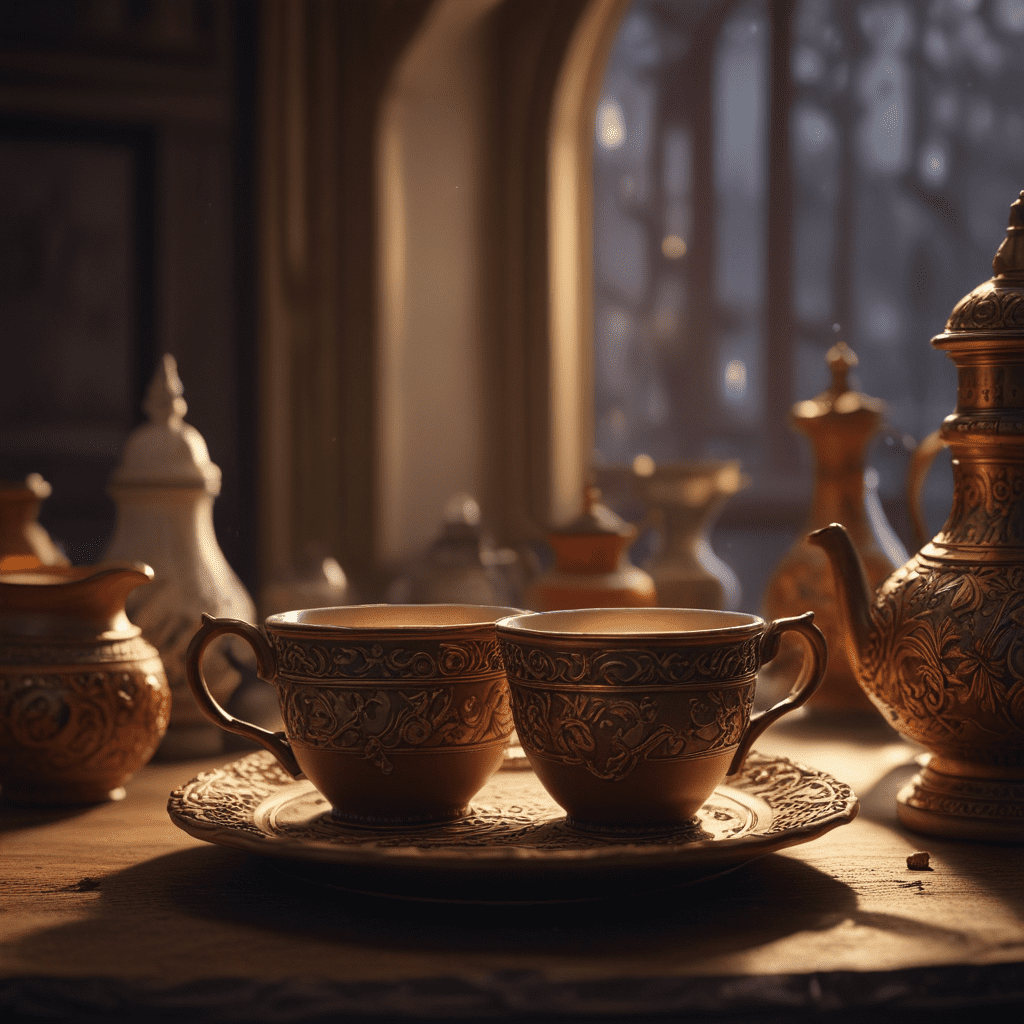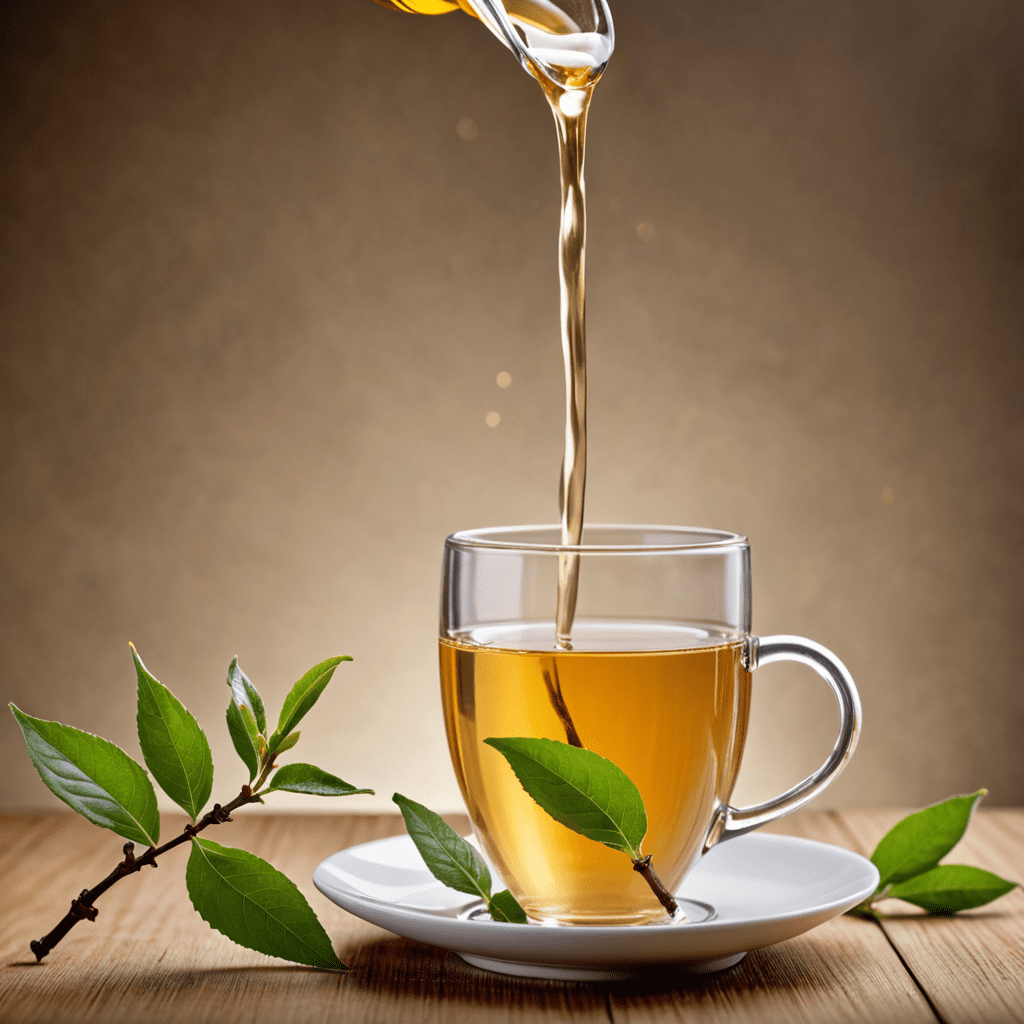Tea and Artisanal Pottery: Exploring Teaware in India
1. Introduction
India boasts a rich and vibrant tea culture, deeply intertwined with its historical and social fabric. The aromatic brew has transcended mere beverage status, becoming an integral part of daily life, social gatherings, and cultural ceremonies. This profound love for tea extends to an appreciation for the vessels that hold it—tea sets known as "chai ki pyaali" or "chai ki tashtari." These handcrafted creations are not just functional objects but artistic expressions that elevate the tea experience, infusing it with tradition, aesthetics, and a touch of magic.
2. India's Rich History of Pottery
The art of pottery in India dates back to the Indus Valley Civilization, where skilled artisans molded clay into functional and decorative objects. Over the centuries, pottery flourished in different regions, each developing its own distinct style and techniques. From the delicate terracotta of Rajasthan to the intricate glazed porcelain of Khurja, India's pottery heritage is as diverse as its landscape. This rich history forms the foundation for the exquisite teaware crafted by Indian artisans, carrying forward ancient traditions while embracing contemporary trends.
3. The Art of Teaware: Form and Function
Indian teaware encompasses a variety of forms, each designed to enhance the enjoyment of the beverage. The ubiquitous "kulhad," a small earthen cup, retains heat while imparting a subtle earthen flavor to the tea. For a more refined experience, porcelain cups and saucers offer elegance and practicality. Teapots, often adorned with intricate designs, play a crucial role in brewing and steeping, while kettles, with their long spouts and whistles, add a touch of whimsy to the ritual. These diverse forms are not merely aesthetic choices but reflect a deep understanding of the brewing process and the cultural significance of tea.
4. Exploring Regional Specialties
India's diverse geography is reflected in its teaware, with each region boasting unique styles and materials. In Assam, the land of robust black tea, terracotta cups are the preferred choice, their rustic charm complementing the earthy notes of the brew. In contrast, West Bengal, the home of Darjeeling tea, favors delicate porcelain cups that showcase the tea's elegant fragrance and delicate flavor. From the vibrant blue pottery of Jaipur to the black clay teapots of Manipur, each region offers a distinct aesthetic, reflecting local traditions and artistic sensibilities.
5. The Role of Artisans
Behind each piece of Indian teaware lies the skill and dedication of countless artisans. These skilled craftspeople employ traditional methods passed down through generations, shaping clay with their hands, decorating it with intricate patterns, and firing it in kilns fueled by wood or gas. Their dedication ensures that each piece is not just a functional object but a work of art, imbued with cultural significance and a touch of human warmth. The survival and continuation of these artisanal traditions are crucial for preserving India's rich teaware heritage and ensuring its future.
6. The Modern Teaware Landscape
The contemporary teaware scene in India is witnessing a dynamic interplay between tradition and innovation. While artisans continue to uphold age-old techniques, contemporary designers are pushing the boundaries with fresh ideas and materials. Glass teapots, bamboo teacups, and stainless steel infusers are gaining popularity, offering modern aesthetics and functionality. This fusion of heritage and modernity ensures that Indian teaware remains relevant and appealing to a wider audience.
7. Teaware and the Tea Ritual
In India, teaware transcends its utilitarian purpose and becomes an integral part of the tea ritual. The brewing process itself is considered an art, with each step requiring precision and attention. The choice of teaware plays a crucial role in this ritual, influencing the taste, aroma, and overall experience. From the delicate porcelain cups used in formal tea ceremonies to the humble clay cups enjoyed in everyday chai stalls, teaware imbues the ritual with cultural significance and a sense of shared tradition.
8. The Importance of Sustainability
The growing awareness of environmental issues has led to a renewed focus on sustainable teaware production. Artisans are increasingly adopting eco-friendly practices, using natural materials, reducing waste, and minimizing their carbon footprint. Consumers are also making conscious choices, opting for handcrafted teaware made from sustainable materials like bamboo, clay, and recycled glass. This shift towards sustainability ensures that the future of Indian teaware remains rooted in both tradition and environmental responsibility.
9. Conclusion
Indian teaware is a testament to the country's rich cultural heritage, artistic prowess, and deep love for tea. From the traditional terracotta cups to the modern glass infusers, each piece reflects a unique blend of form, function, and cultural significance. As India continues to evolve, its teaware scene will undoubtedly continue to innovate and adapt, ensuring that this cherished tradition remains an integral part of the country's vibrant cultural landscape.
10. Frequently Asked Questions (FAQs)
Q: What are the most popular types of teaware in India?
A: The most popular types of teaware in India include terracotta cups, porcelain cups and saucers, teapots, and kettles. Each region has its own unique styles and materials, reflecting local traditions and artistic sensibilities.
Q: Where can I find handcrafted teaware in India?
A: Handcrafted teaware can be found in traditional pottery centers across India, as well as in online marketplaces and specialty stores. Some renowned pottery centers include Khurja, Jaipur, and Kutch.
Q: How can I care for my Indian teaware?
A: The care instructions for Indian teaware vary depending on the material. Generally, it is recommended to hand-wash teaware with mild soap and avoid using harsh chemicals or abrasive scrubbers.
Q: What is the significance of teaware in Indian culture?
A: Teaware plays a significant role in Indian culture, as it is an integral part of the tea ritual. The choice of teaware influences the taste, aroma, and overall experience of the beverage, and it also reflects local traditions and artistic expressions.
Q: How is Indian teaware evolving with time?
A: Indian teaware is evolving with time, embracing contemporary design trends and materials while preserving traditional techniques. Modern teaware often incorporates innovative features and sustainable practices, ensuring that the tradition remains relevant and appealing to a wider audience.


